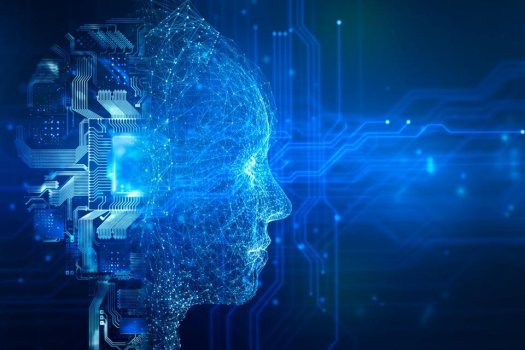Every company gathers data and lots of it—customer data, market data, competitor data and industry data. Cloud systems, software as a service (SaaS) and business intelligence (BI) tools process zettabytes of data each year. But how many companies are able to make the best use of this data using the tools and teams they have today?
Data can be a company’s most valuable asset, providing the basis for predicting everything from future revenue to buying behavior and customer retention. Many companies have well-established BI teams that review and analyze historical data for performance and management trends. But when companies want to move beyond traditional historical analysis to incorporate predictive analytics and artificial intelligence (AI), they face challenges in finding the talent and tools they need. Data scientists are hard to hire and are trained to focus more on research and model accuracy than on specific business results.
But is there a way to bridge the gap by evolving business analyst teams into a new breed of AI analysts? After all, BI teams have many important strengths: They know the business, know what’s important to the stakeholders and the lines of business they support, and they understand the data they’re working with better than anyone else. And although they aren’t as statistically experienced as data scientists with building and maintaining predictive AI models, there are technological innovations that can help bridge these data science knowledge gaps.
When businesses want to use the data, tools and teams they’ve already built today to start generating more useful predictions about the future, how should they prepare? And what steps can they take to prepare to use their data to make accurate AI-based predictions?
Continue reading: https://www.forbes.com/sites/forbestechcouncil/2022/07/01/building-a-bridge-between-artificial-intelligence-and-business-intelligence-to-maximize-business-outcomes-part-one/?sh=618420fbf186
Data can be a company’s most valuable asset, providing the basis for predicting everything from future revenue to buying behavior and customer retention. Many companies have well-established BI teams that review and analyze historical data for performance and management trends. But when companies want to move beyond traditional historical analysis to incorporate predictive analytics and artificial intelligence (AI), they face challenges in finding the talent and tools they need. Data scientists are hard to hire and are trained to focus more on research and model accuracy than on specific business results.
But is there a way to bridge the gap by evolving business analyst teams into a new breed of AI analysts? After all, BI teams have many important strengths: They know the business, know what’s important to the stakeholders and the lines of business they support, and they understand the data they’re working with better than anyone else. And although they aren’t as statistically experienced as data scientists with building and maintaining predictive AI models, there are technological innovations that can help bridge these data science knowledge gaps.
When businesses want to use the data, tools and teams they’ve already built today to start generating more useful predictions about the future, how should they prepare? And what steps can they take to prepare to use their data to make accurate AI-based predictions?
Continue reading: https://www.forbes.com/sites/forbestechcouncil/2022/07/01/building-a-bridge-between-artificial-intelligence-and-business-intelligence-to-maximize-business-outcomes-part-one/?sh=618420fbf186

